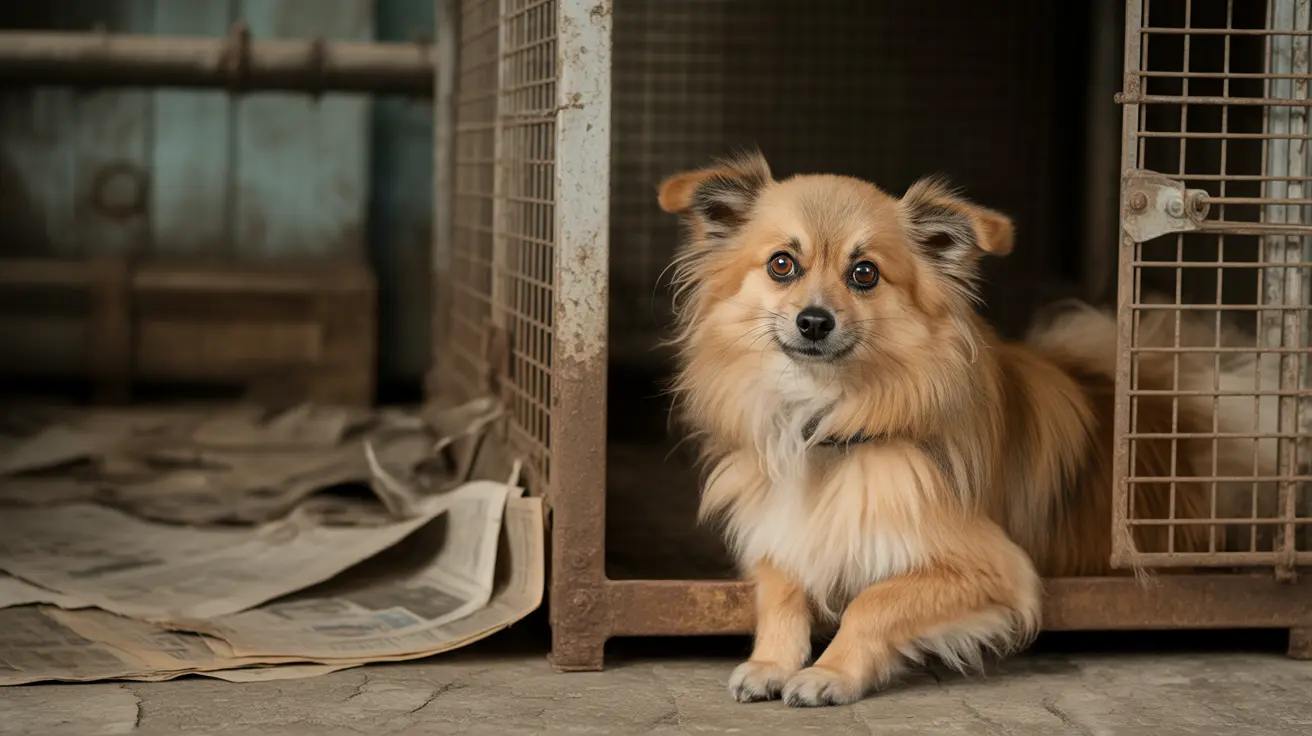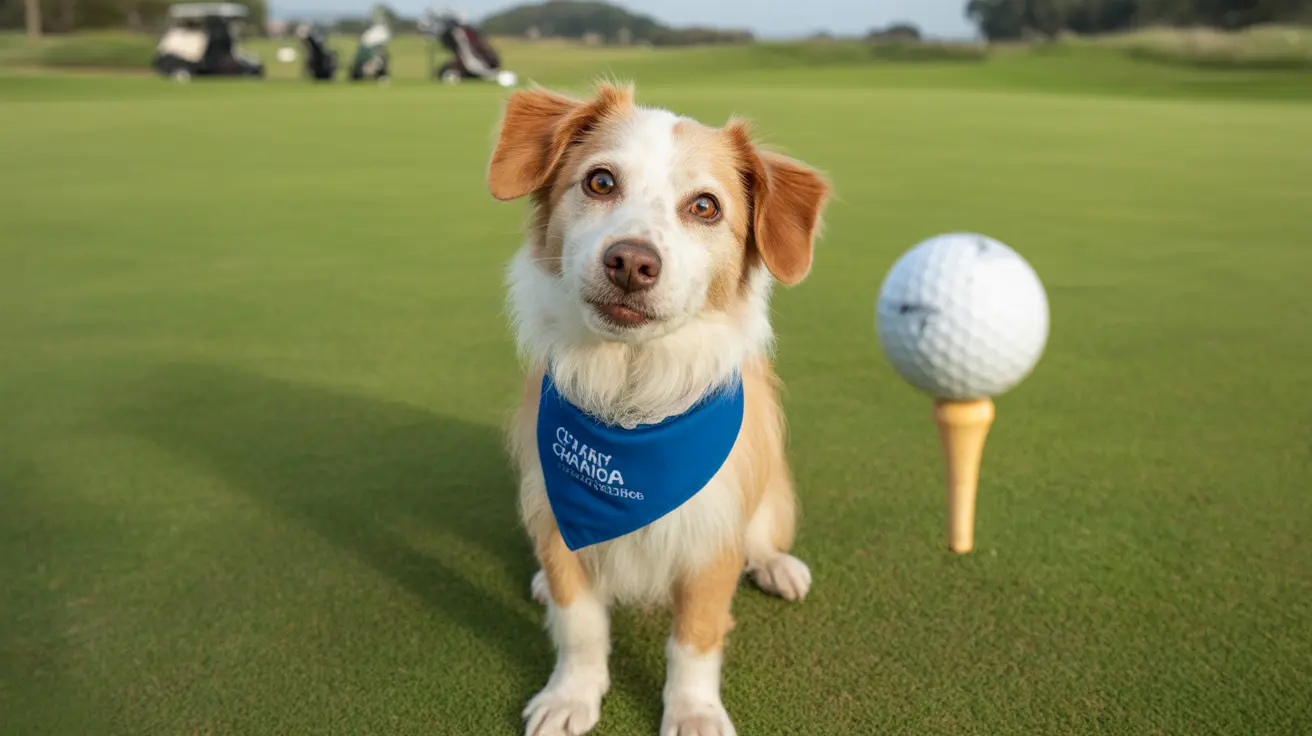Why You Should Never Feed Raw Pork to Your Dog
Feeding your dog a healthy, balanced diet is crucial for its overall well-being and longevity. While meat is an essential component of a dog’s diet, not all meats are suitable for canine consumption. Among the various choices, there’s one meat you should go out of your way to avoid:
raw pork.
What Makes Raw Pork Dangerous for Dogs?
Raw pork may seem like a fresh and meaty delight for your furry friend, but it poses several serious health risks:
- Trichinosis: A parasitic infection caused by the roundworm Trichinella spiralis, trichinosis is commonly found in raw or undercooked pork. It can lead to symptoms such as vomiting, diarrhea, fever, and muscle inflammation in dogs.
- Parasites: Besides trichinosis, raw pork may harbor other parasites that are harmful to canines and can trigger severe gastrointestinal issues.
- High Fat Content: Pork generally contains high levels of fat, which can lead to pancreatitis—a painful and potentially life-threatening condition in dogs.
- Risk of Bacterial Contamination: Like all raw meats, raw pork can be contaminated with harmful bacteria such as Salmonella and Listeria, which endanger not only the health of the dog but also of the humans in contact with the pet.
Safe Alternatives to Raw Pork
Instead of feeding your dog raw pork, consider safer, more digestible options:
- Cooked Chicken: Lean and commonly accepted by dogs, chicken is a staple in many canine diets.
- Cooked Turkey: Rich in protein and less fatty than pork, turkey is another safe bet.
- Beef: Ground or stewed beef can be a nutritious addition when cooked and served in moderation.
Can Dogs Eat Cooked Pork?
Cooked pork, in moderation, can be safe for dogs if it is plain, boneless, and fully cooked. However, avoid pork cooked with seasonings, especially garlic or onion, which are toxic to dogs. Always ensure there are no bones, as cooked pork bones can splinter and cause internal injuries.
How to Spot Trichinosis in Dogs
If you've fed your dog raw pork and they show the following symptoms, consult your vet immediately:
- Vomiting or diarrhea
- Muscle pain or stiffness
- Fever
- Lethargy or lack of appetite
Understanding Safe Meat Practices
When selecting meats for your pet, always follow safe food handling practices:
- Only use high-quality meat sourced from trusted vendors.
- Cook to the appropriate internal temperature to kill pathogens.
- Avoid seasoning and remove all bones before serving.
The Importance of Consulting a Veterinarian
Before introducing new meats or dietary elements to your dog’s meal plan, it's wise to discuss options with your vet. They can assess your dog’s specific nutritional needs and potential allergies, ensuring the safest choices for their health.
Conclusion: Make Informed Choices for Your Dog’s Diet
In summary, while dogs benefit from protein-rich diets,
raw pork should never be part of their nutrition. The risks associated with parasites, bacterial infections, and high-fat content outweigh any possible benefits. By opting for safer meat alternatives and following proper preparation practices, you can help ensure a healthy, happy life for your canine companion.





